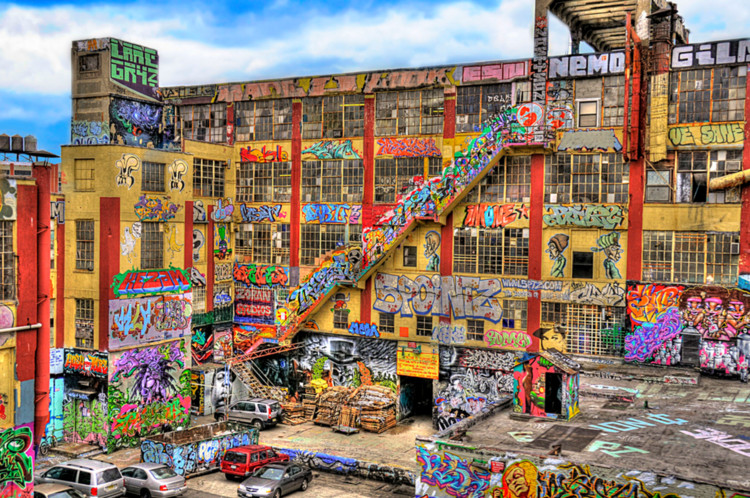
It happened in the middle of the night: the stealth whitewashing of 5Pointz, Long Island City's unofficial graffiti museum. In 2013 owner Jerry Wolkoff, of G&M Realty, wanted the building razed in order to erect new luxury condominiums, and the artists sued to preserve their work. A judge denied the artists' request and Wolkoff had the murals destroyed under cover of darkness, ostensibly to prevent them from attaining landmark status. Though graffiti was born as a subversive act, these artists had painted with Wolkoff's permission since 1993 and had turned the warehouse into “the world's premiere graffiti mecca” and the largest legal aerosol art space in the United States. This was a serious betrayal.
Recently, the artists refiled the suit and the developers requested to have the case dismissed, but on March 31st, three and a half years after the initial filing, a Brooklyn judge ruled against the builders, saying the case could proceed to trial. It's a bittersweet victory; the colorful public monument to aerosol art can never be replaced. In its place is a construction site where two bland apartment towers rise, adjacent to the No. 7 train lines, 400 million dollar's worth of soulless steel. Ironically, the new HTO Architect-designed towers might also be called 5Pointz, a name that symbolizes the five boroughs of NYC and was immortalized by the graffiti artists.








